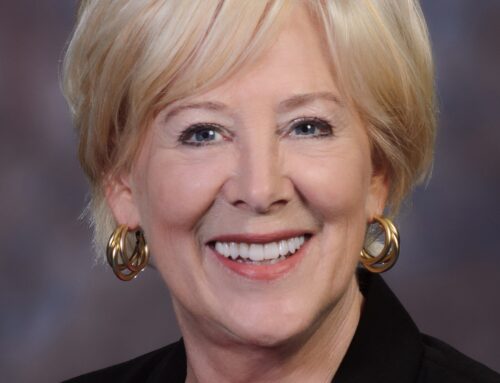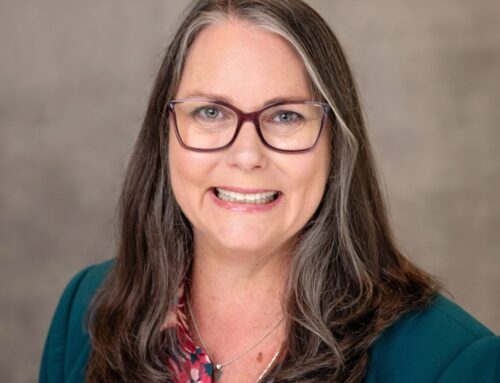
Many students grapple with significant levels of stress and uncertainty. While some students are coping well with it, they often express concern about their friends and classmates who are not doing well.
Additionally, when students are asked “do you have an adult you can talk to in your school,” the responses often indicate that there are touch points available. Yet, students don’t always feel free to talk about what’s troubling them.
This highlights an important distinction between having touch points and having relationships with adults. It is the quality of these relationships that truly matters. So, how can adults strike the right balance between being a touch point and becoming a confidant?
In some cases, students who are “acting out” may be easier to reach. Their behavior is often clear, prompting us to ask questions about the reasons behind their actions, seek meaning and make recommendations. All of which means that the educator has an opportunity to respond to a visible action.
Other issues, such as anxiety and depression may manifest as withdrawal or an inability to focus. These problems however are more subtle and open to interpretation. However, they also present an opportunity to engage with a student. Unfortunately, many students struggle to find the right words to express themselves beyond expressions of frustration, anger, or withdrawal.
So, what can educators do in these complex situations? One option is for educators to initiate a referral and await expert advice. This limited approach recognizes that they may not have the comfort level to approach a student facing this type of challenge. It can take support and professional development to boost an educator’s comfort level to approach such a student.
Some schools have been able to hire more executive assistants to manage paperwork, freeing counselors to work more directly with students and teachers. Others have implemented peer-to-peer programs or leveraged resources like the American Psychiatric Foundation program Notice.Talk.Act®. These types of programs guide educators in identifying when a student needs a referral and when a student needs simply to talk.
Sometimes it is just hard to tell what is causing a student to react to the world around them. Many students have multiple layers of problems, such as heightened stress due to rapid societal changes. They have questions about standardized tests, college requirements, job prospects, or the skills required in the job market that all contribute to their stress. The fact is that these questions and uncertainties have become a permanent part of all of our lives.
To address these challenges, educators can explore holistic approaches like Turnaround for Children, which emphasizes that stress and trauma do not have to determine a student’s destiny. Pamela Canter, MD, discusses this approach in a 2022 webinar, focusing on linking social emotional learning and instruction.
Also, in response to these needs and challenges many schools are expanding their mental health and well-being programs. Some schools have been able to hire more counselors, psychologists and social workers who know the school and how best to work with teachers, parents, and administrators. Other schools are making stronger links with community services. However, not all schools have the financial or professional resources to use this approach.
Helping students to grow in a time of uncertainty is a challenging but crucial undertaking; especially in light of the American Psychiatric Association Foundation finding that in 2023 41% of Americans are suffering from an untreated mental health issue.
Finding additional ways to make a positive impact on students is a collective effort that we can and must all contribute to enhancing.
[To hear a student directly address these challenges go to our podcast on Learning Recovery]
–written by Richard Long, executive director of the Learning First Alliance




